“Quintillion kilometers”, “billions of light years” – flicking through text books, how on earth are we meant to compute the size of the universe? Is it possible to visualise our cosmic home without getting befuddled by numbers ending with a ridiculous number of zeros?
We know today the universe is not only huge (the working assumption until fairly recently) but utterly gigantic. Where better to imagine it than my favourite earthly place to get perspective on the immensity of time and space: The former Tempelhof Airport in central Berlin. Yes, that same place where we strolled back to the beginning of time – where a thousand years squeezed into the breadth of a single hair.
So let’s make ourselves comfortable bang in the centre of the airfield, Berlin’s sprawling answer to Central Park. It’s a massive, nearly round, green area with a diameter of two kilometres – full of kite skaters and picnickers, with skylarks tweeting overhead in summer. Just the spot to put our human pains and pleasures into their grand context…
But business before pleasure: First, we need to undertake a mental feat, shrinking the whole universe to the size of the airfield – compressing it until it’s a giant ball with a radius of one kilometre. Sitting in the centre of the airfield, we can imagine ourselves right in the middle of this spherical miniature universe. It stretches in all directions to the edge of the field, and arches above our heads as if someone had covered the whole airport with a massive salad bowl.
Did it work out? Excellent – then let’s zoom in some more. How much of this mini-universe can we normally see with the naked eye? How far does our view of the night sky reach into the depth of the cosmos?
Well, it turns out our romantic sky gazing is short-sighted at best. In our airport universe, every single twinkling star we can see in the night sky is contained in a space with the size of a tiny grain of sand.
At this scale, our entire home galaxy, the Milky Way, would be the size of a lentil. Our island of suns is awash with hundreds of billions of stars. But the naked eye can only usually see around 1,000 of them, those which are relatively close to Earth. We can perceive the light from all the other stars in the Milky Way but only as a hazy strip across the night sky – they are simply too far away for us to percieve them individually.
Seen from “above”, the Milky Way would look like the following image. We’re still blurry on the detail – mainly because we’re stuck inside it and can’t inspect it from the outside.
Galaxy image: Nick Risinger
If you get the rare joy of looking at the night sky from a truly dark spot – somewhere untainted by artificial light, maybe a remote campsite or mountain-side hut – then it’s quite easy to make out the bright centre of the Andromeda Galaxy as a small milky patch in the sky. This is what Andromeda would look like if its light was a little brighter (with the moon for size comparison):
(Composite photo by Tom Buckley-Houston; original pictures by Stephen Rahn and NASA/JPL-Caltech)
In our mini-universe, Andromeda is another lentil floating in space around five centimetres away from our Milky Way – more or less like this:
Milky Way on the right and Andromeda on the left (Or was it the other way round?) Anyway, the whole universe stretches all the way to the horizon.
We can’t see anything further away with our naked eye because our eyes are not sensitive enough. With the help of a small telescope, the nearest significant collection of galaxies can be seen. It’s called the Virgo Cluster, because it’s way behind the stars of the constellation Virgo. It contains galaxies of all shapes and sizes. In our mini-universe, it’s around one metre away from the Milky Way and looks more or less like this:
What could we see if our eyes were much more discerning? What’s to be found behind the really black spots on the firmament, the ones without any nearby stars or galaxies? Thankfully, we have a much more sensitive eye at our command. It’s much higher than any kite, with pupils dilated to more than two metres: The Hubble Space Telescope which is orbiting Earth. Undisturbed by the lights of civilisation, it has stared for days on end at one single pitch black area of the sky for us and registered the following image:
This is the view towards the edge of the universe. Every single speck of light in the image is a galaxy like our Milky Way – each one an island of billions of suns.
The photo shows a minuscule slice of the heavens – the area covered is equal to the size of a tennis ball seen from 100 meters away. To scan the whole sky in this fashion, we would need to take 30 million pictures, all of which would look pretty much like the image above – regardless in which direction the camera swivels.
In our mini-universe on Tempelhof Airport, many of those galaxies are also lentil-sized; others resemble grains of sand, rice or corn. Their distance to us varies greatly: The ones which appear largest and brightest, with clearly defined forms, are in the foreground of the picture. They are around 70 metres away from us. All others are much further away.
The above image, which made astronomy history when it was beamed back to earth, is called Hubble Ultra Deep Field. A major scientific talking point are the reddish dots which are barely visible. Those are up to 950 metres away, meaning their distance to the edge of our under-the-salad-bowl universe is a mere 50 metres.
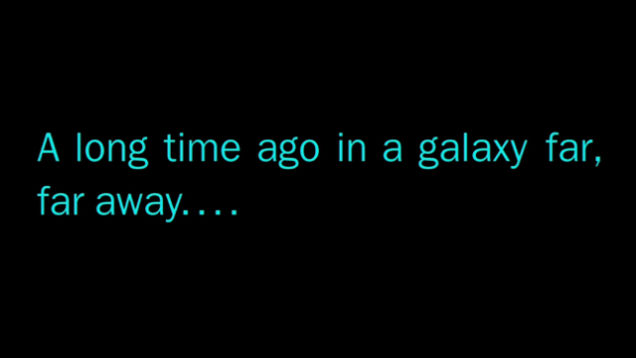
But the Hubble image does not only take us to the edge of the cosmos, but also deep into its past. This is because the light year, a yardstick for cosmic distance, also, as it’s name suggests, contains time itself: It’s the distance light travels within a year.
There is nothing faster than light, but within the cosmic context, it moves incredibly slowly. It takes a beam of light 100,000 years only to cross our little Milky Way lentil. The light we see from the Andromeda Galaxy set off for its long journey 2.5 million years ago – back when our distant ancestors down here on Earth, living in Africa, discovered that stones can be used as tools.
The light from the reddish points in the image took even more than 13 billion years to reach us – the photo has captured them as they looked like more than 13 billion years ago – not even a billion years after the beginning of time itself.
No matter in which direction we gaze into the depths of space, we invariably peer backwards along a timeline stretching from the present into the past, to the Big Bang.
The same is true for anyone looking from out there towards our Milky Way. If hypothetical aliens in one of those distant galaxies spotted the Earth through their gigantic alien telescope, they might, in this very moment, observe “live” the first multi-cellular beings on Earth, or even the formation of our humble but beautiful home planet – all depending how far away they live.
I guess now is the time to come clean and admit that the universe doesn’t really end at the edge of the airfield. It stretches on further, and we haven’t got the slightest clue how much further. But light from beyond the airfield simply didn’t have enough time since the Big Bang to reach us. This is why there is absolutely no way we can see what’s beyond and also why strictly speaking, we only find the “observable universe” within our airport sphere.
Those were the days: When everything still revolved around us
Why do we find ourselves exactly at the centre of this observable universe? Our situation resembles a ship at high sea: From our vantage point at the top of the mast, the distance to the horizon is the same in all directions. The ship is always at the centre of its “observable sea” – but of course that doesn’t mean it’s at the centre of the ocean.
We had to kiss goodbye to the beloved idea that we are at the centre of anything a long time ago. But it took time for us to drop our self-centred thinking. Renaissance mathematician Nicolaus Copernicus realised that Earth wasn’t the centre of the Universe around 500 years ago. Then it took until about 250 years ago for it to dawn on people that the sun doesn’t hold this privileged position either. Up to a century ago, people still believed that the Milky Way (our humble lentil) was the extent of the cosmos.
Copernicus degraded the earth to a satellite of the Sun. But that was not the end of the story.
Over the last decade, we also realised the planetary system surrounding our sun, where our Earth dwells, is anything but special. Instead, it now seems likely that the majority of all stars also have planets. And who knows what is still to come: At present, physicists and astronomers are hotly debating the question whether, perhaps, there might even be many universes out there…
The writer Novalis couldn’t have known how correct he was when he wrote in the 18th century “We dream of journeys through the universe – but isn’t the universe within us?
The sheer thought of a, perhaps endless, sequence of universes beyond our Tempelhof airport thought adventure, is mind-boggling, or scary, or both. If you too are in shock and awe at the vastness of it all, it’s worth taking on board the words of astronomer Neil deGrasse Tyson: “When I look up at the night sky, and I know that, yes, we are part of this universe, we are in this universe, but perhaps more important than both of those facts is that the universe is in us. When I reflect on that fact, I look up – many people feel small, because they’re small and the universe is big. But I feel big because my atoms came from those stars.”
Moreover, we couldn’t ponder any of these questions if the universe were much smaller and its history much shorter. Because in that case, we simply wouldn’t exist – there would not have been enough time for our evolution. We can even phrase it this way: The universe must be gigantic in space and time because we are so complex. An immense cosmos is the prerequisite for us to be able to marvel at it right now.
And even if we are tiny and our life ephemeral: The mere fact that we can rack our brains about the universe and our place within it might well rank among its outstanding miracles.


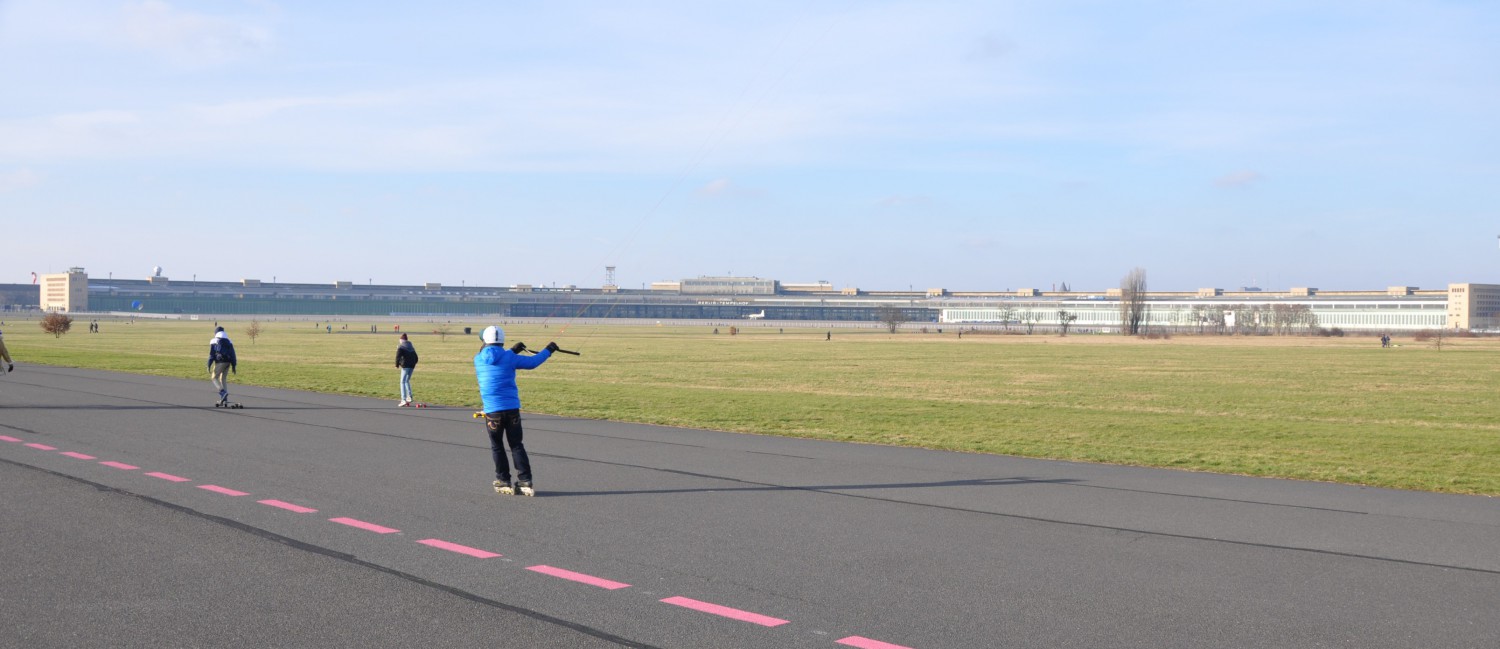


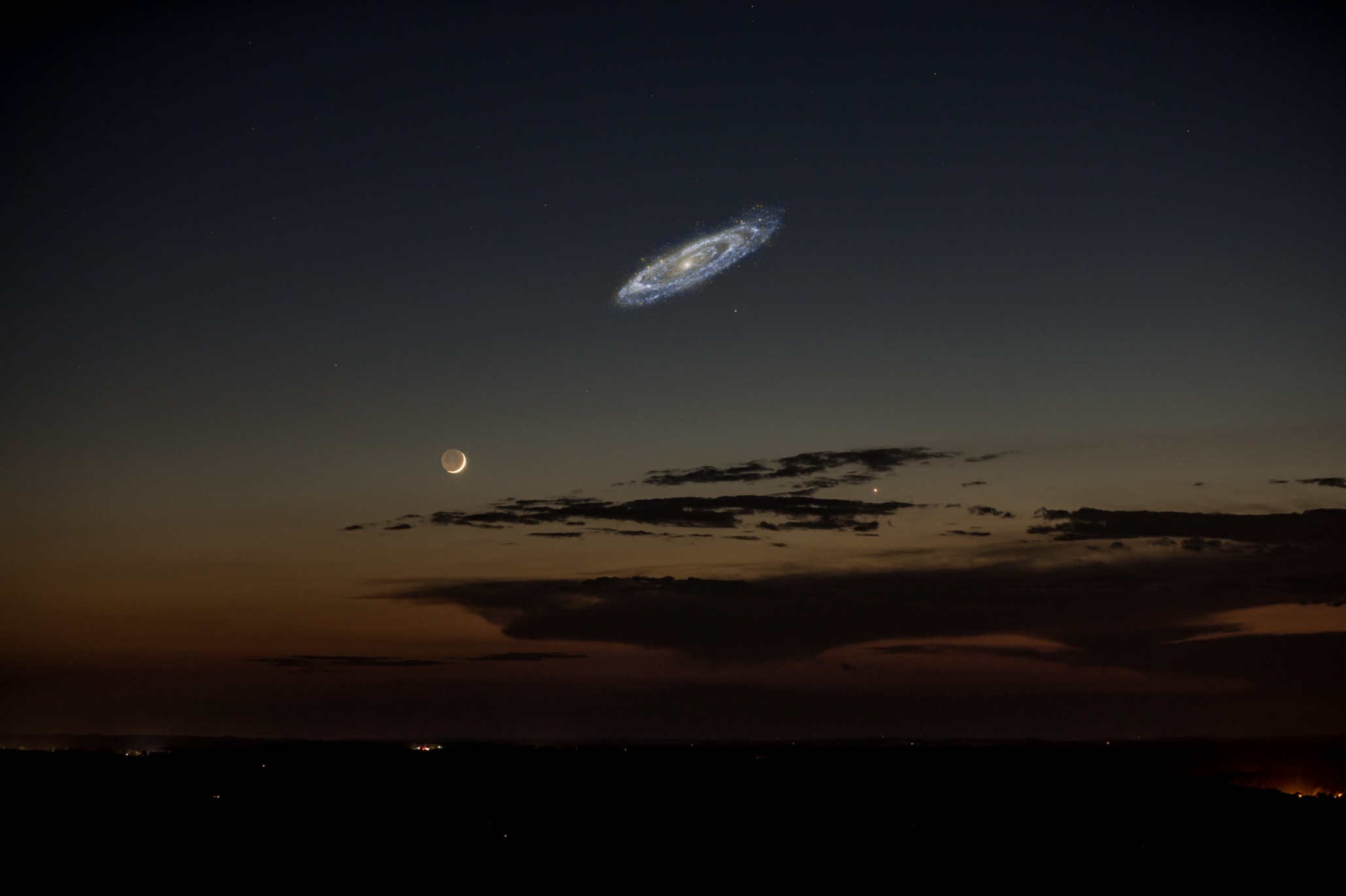


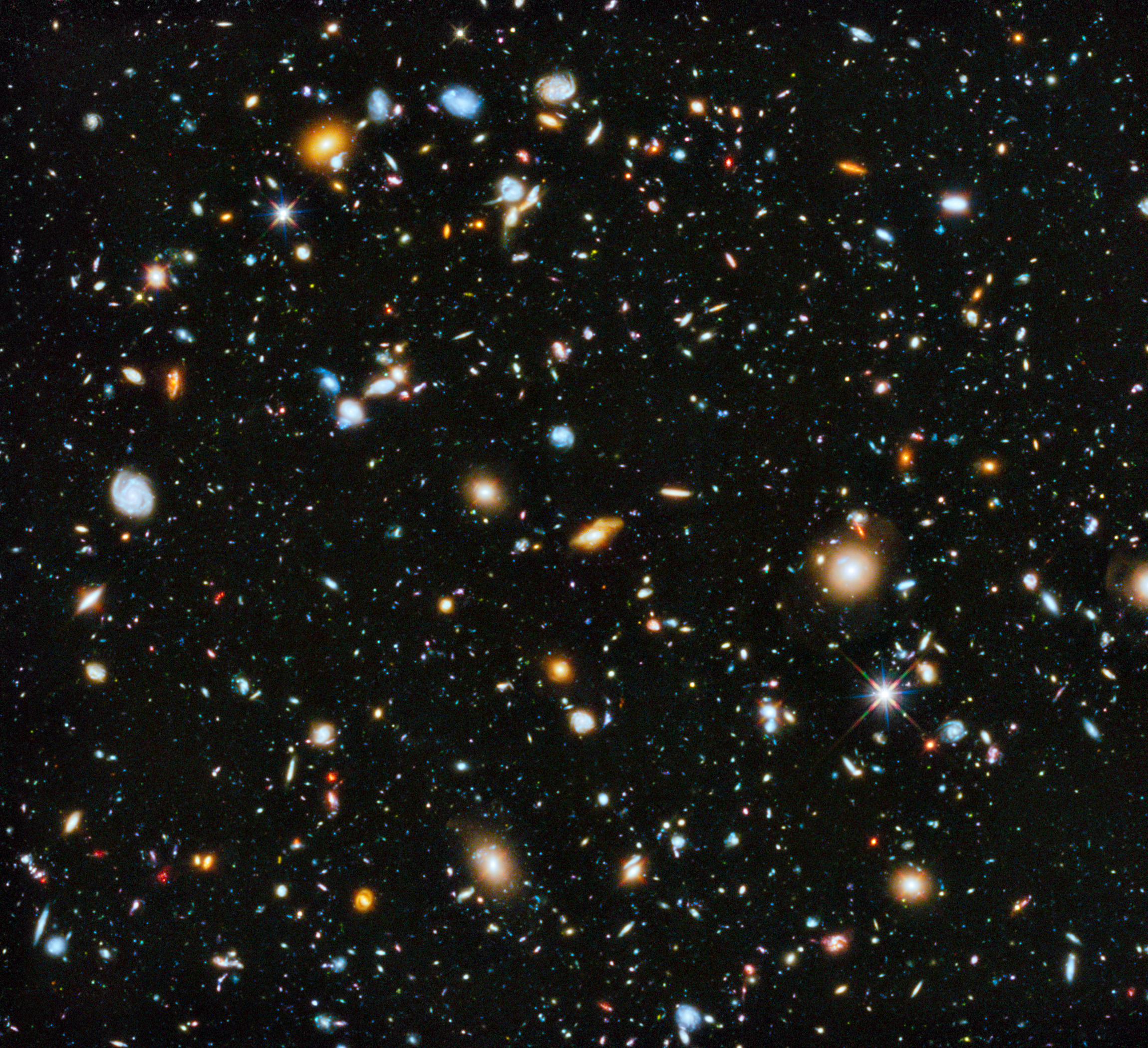
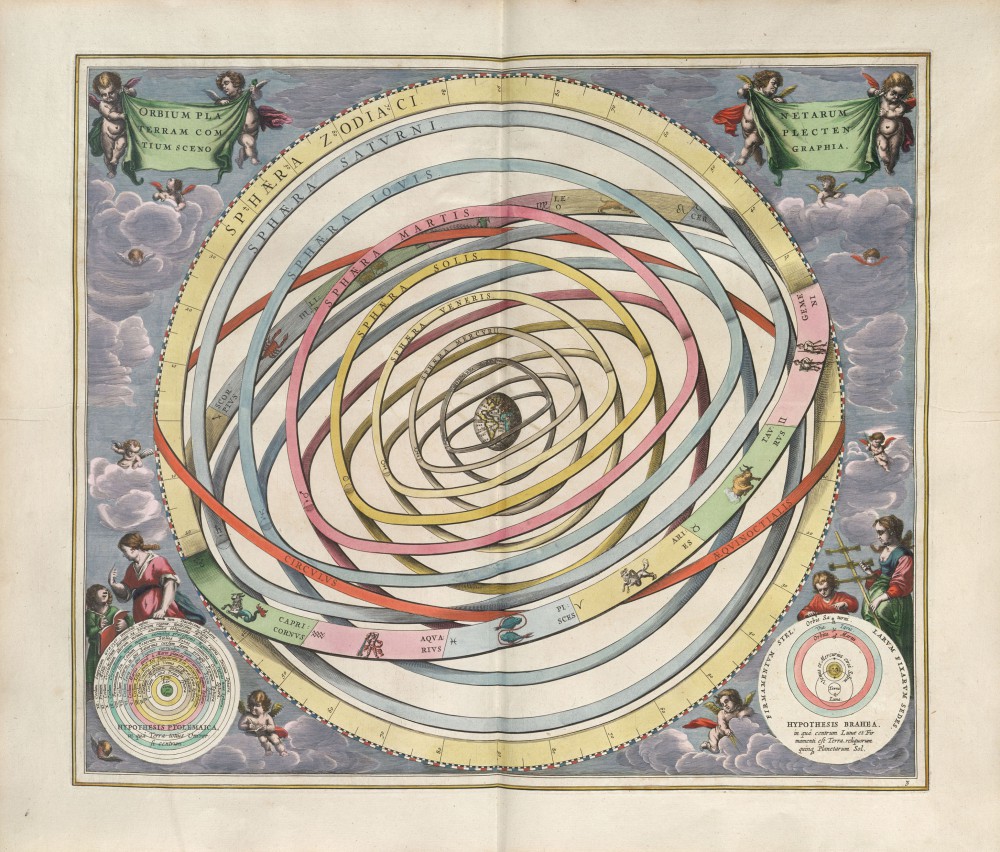
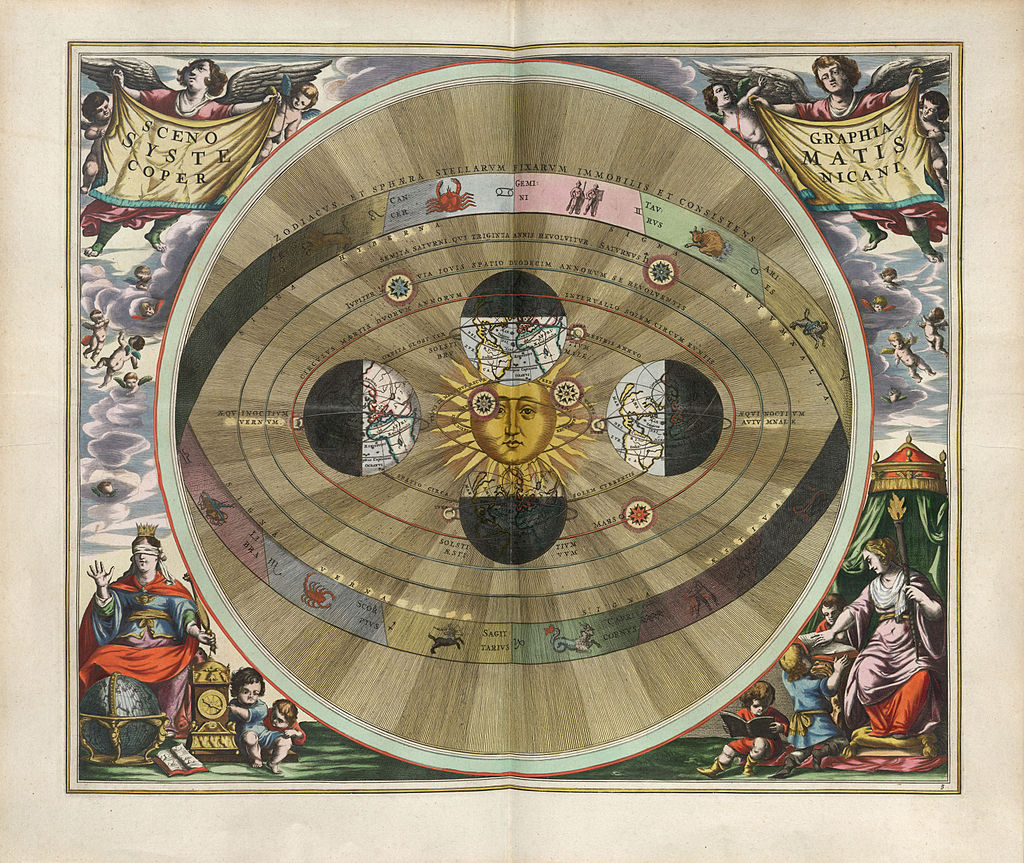

Comments are closed, but trackbacks and pingbacks are open.